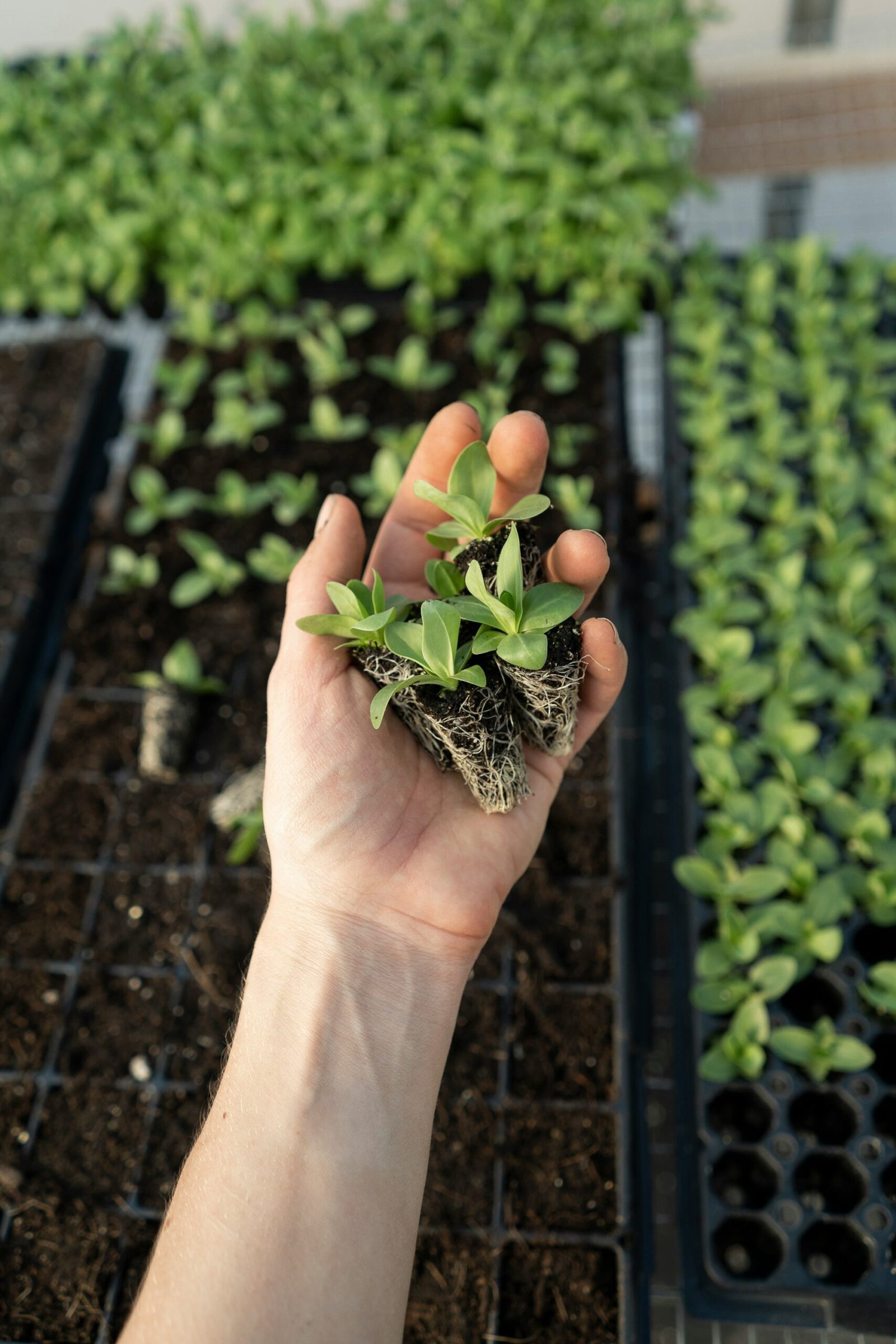What is the Least Significant Difference (LSD)?
Least Significant Difference (LSD) is a statistical method employed to determine the smallest difference between two groups that can be considered statistically significant. This tool is essential for analyzing treatment effects and understanding plant responses to various conditions in molecular horticulture. By utilizing LSD, researchers can draw meaningful conclusions from their experiments, ensuring the reliability of their findings.
Application of LSD in Molecular Horticulture
In the realm of molecular horticulture, LSD plays a critical role in experimental designs, particularly when conducting field trials or greenhouse studies. These methods often involve multiple treatments and various plant responses. Using LSD, horticulturists can effectively compare means of different treatments, such as varying nutrient applications or the impact of different growth conditions on plant development.
Benefits of Using Least Significant Difference
The implementation of LSD in molecular horticulture provides numerous benefits. Firstly, it allows for a precise understanding of treatment effects, supporting the identification of the most effective strategies for plant growth and health. Moreover, LSD helps in minimizing errors in interpretation by establishing a clear benchmark for significant differences. Ultimately, this can lead to more efficient horticultural practices and enhanced crop yields.





